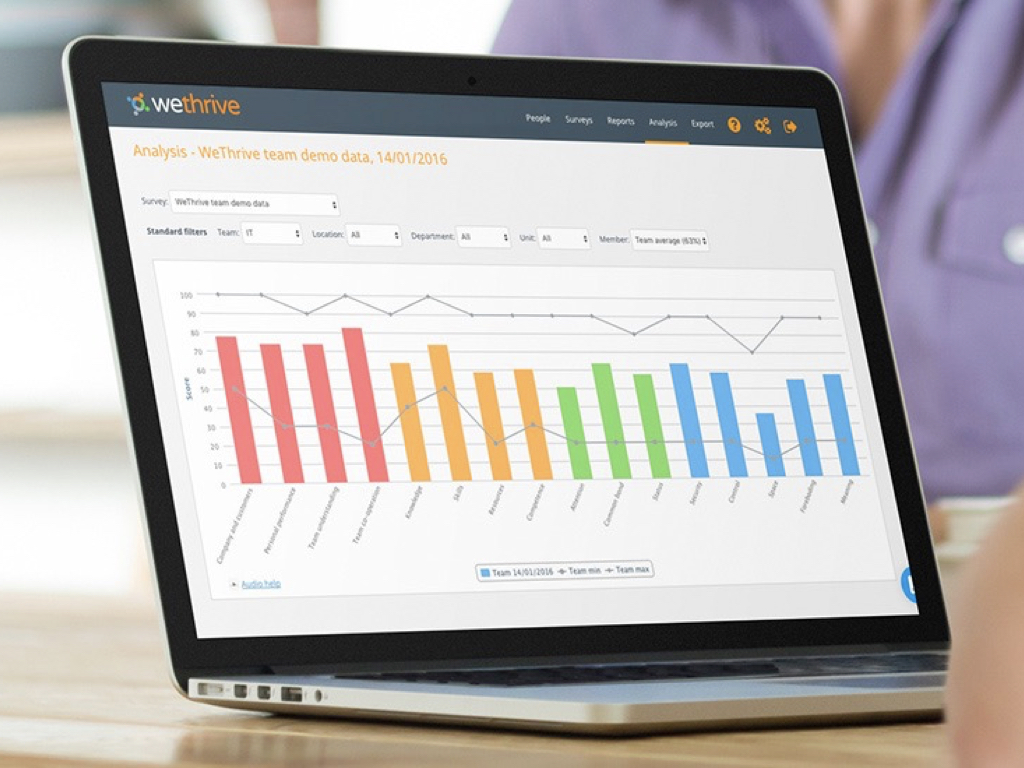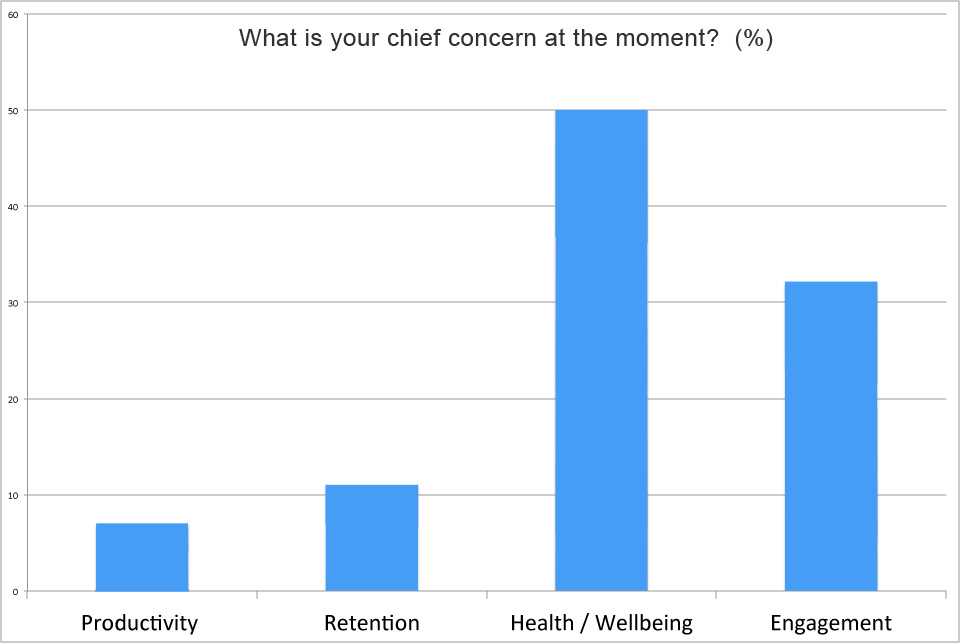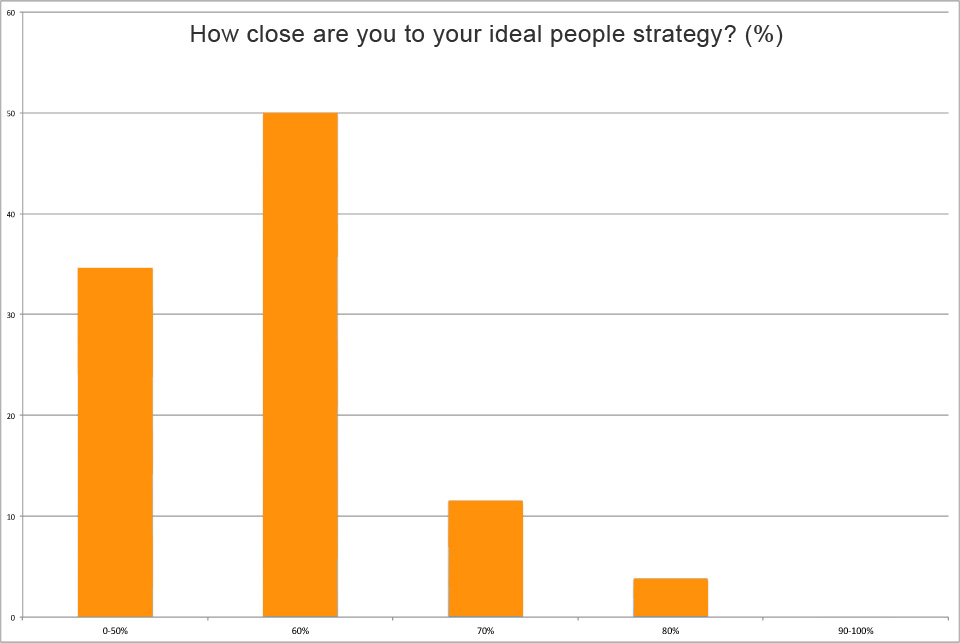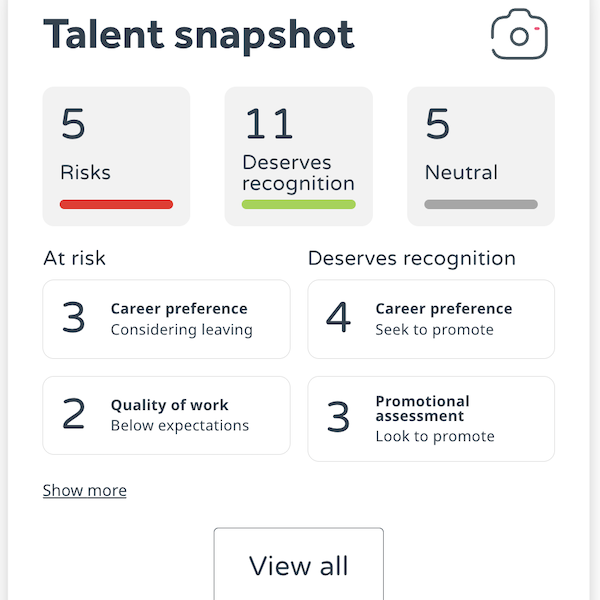As an HR manager, how would you like the world to be different?
We ask this because at WeThrive we help companies understand what their staff need in order to work better. WeThrive acts like a really good line manager, asking questions to bring out the unseen stresses and road-blocks to performance, bringing a new focus to everything from culture and strategy to staff reviews, one-to-ones and motivation at work.
We recently held a webinar on the link between engagement, wellbeing and mental health in the workplace. This looked at the effects of stress on the human being, the way we have very different styles of thinking and behaviour according to how much pressure we are under, and how you can use technology to diagnose the unseen stresses, so pre-empting some of the people problems.
This topic crosses borders: engagement, mental health, wellbeing and of course the consequent effects on staff retention and productivity. We asked the audience which of those is their chief concern is at the moment, in order to find out why they were attending, and the result was very clear: a strong feeling that health and wellbeing and engagement are the topics of interest, with relatively few people there because of retention and productivity.
In other words, and as might be expected, HR are thinking about the ‘people stuff’.
How close are we?
Last week we were concentrating more on the boardroom, talking about the business case for putting people at the heart of the organisation – an idea which is cited in every annual report but doesn’t universally happen. So this webinar set out to show why the ‘people stuff’ can deliver tangible return on investment. We wanted to offer HR some strategies to get board-level buy-in for a people-centric culture that works for the staff, business and customer.
There is some way to go on this – we asked how close the attendees think their company is to having an ideal people strategy, and this is what they said:
Around 35% percent thought their organisations were less than half-way towards the ideal people strategy. Half the audience said the company was 60% of the way there, and a few voted for 70% and 80%. Nobody said 90% there or better.
This suggests that while most organisations pay lip service to the importance of their people, relatively few really follow the idea through.
In our experience there are enlightened CEOs and CFOs who can see why a complete understanding of people’s working experience would be useful to the bottom line, but there are also many companies that have yet to catch up with the new requirements for people management in the knowledge economy and the new millennium. This is confirmed by some research carried out for Engage for Success; many CEOs and CFOs don’t really ‘get’ engagement at all.
In our view a large part of the problem is the difficulty in seeing how things combine. On the one hand you have numbers – hard measures of retention, productivity, turnover, profit. On the other you have words – engagement, motivation, satisfaction, wellbeing. How on earth do you connect the two?
That’s where WeThrive comes in

If your company is struggling to reconcile the ‘hard’ KPIs on one hand with the ‘people stuff’ on the other, give us a call, or try the survey yourself – I guarantee you will find out things you never suspected, and discover the reasons behind many issues you already know about. And you will have some new numbers to show the board when they ask what HR is doing to improve the KPIs.
Or, have a look at the webinar on the links between engagement, wellbeing and mental health in the workplace, and then take a trial…



